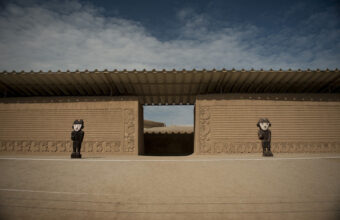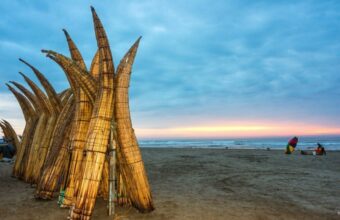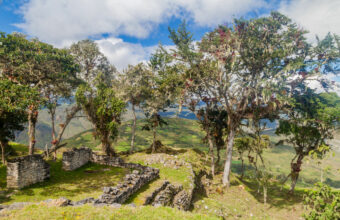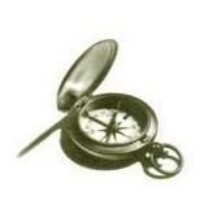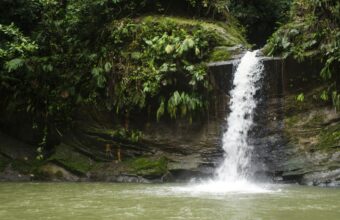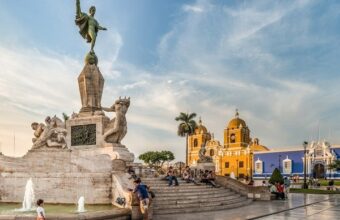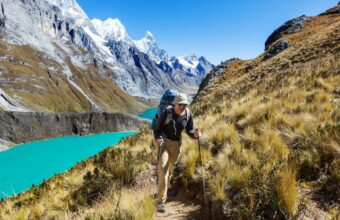How To Visit The Caral Ruins
Peru's oldest civilisation
In 1994, archaeologist Ruth Shady Solis stumbled on a strange mound in Peru’s grey lunar desert. Today, a quarter-century later, the city beneath that mound, Caral, has become one of the keys to understanding humankind’s leap from barbarism to civilisation.
Caral is a prehistoric city founded around 3000 BC in the Supe River valley, some three hours north of Lima. It’s a place of scant aesthetic distinction: parched brown sand flats, a few crumbling pyramids, and little else. Nor is much known of the people who built it, who lack even an agreed-upon name. Yet Caral’s importance is incalculable, for it’s one of only a handful of places on the planet where humans crossed what archaeologists call ‘the great divide’ — where civilisation spontaneously arose out of its opposite.
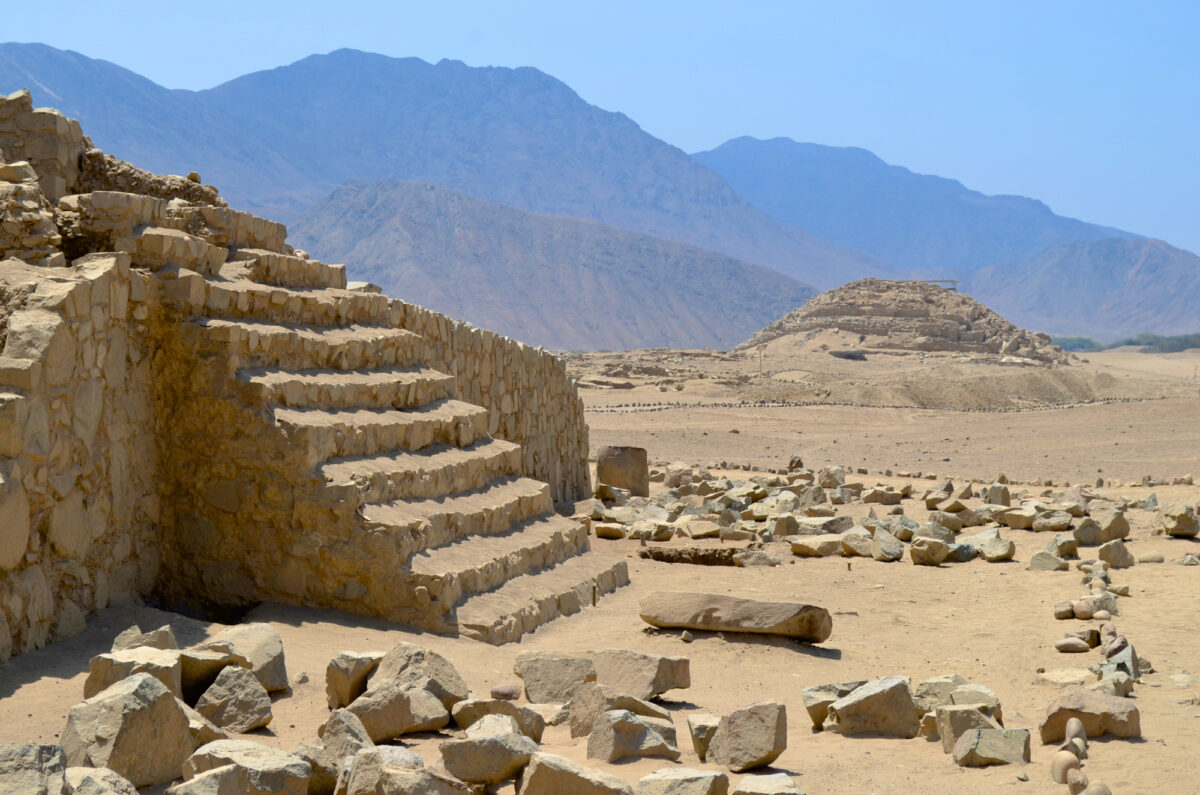
How to get to the Caral ruins
Caral is not immediately prepossessing. Entering from the ticket area, you see a harsh grey expanse strewn with what look to be mud-brick mounds. Most of the structures are severely decayed — unsurprisingly, given their extreme antiquity — so that the overall sense is one of desolation. But this initial glimpse is deceiving. In reality, the closer you get, the more Caral fascinates.
The Caral site
Caral’s urban sectors occupy some 163 acres, divisible into a central area and a periphery. The former consists of an upper and a lower half, with 32 public buildings, while the latter is made up of farms and residential districts. When you visit, you’ll be guided one-by-one through the ruins — several of which are quietly astonishing.
Take, for example, the Great Pyramid, located along the northern edge of the town’s upper half. Built of locally quarried stone, it has a massive sunken plaza, a broad staircase leading to its upper deck, subterranean galleries, and a host of platforms and sacred spaces on top. It’s easy to envision a priest here in his headdress and tunic, arms outstretched over the fire pits in the centre.
Or take the so-called Amphitheatre Temple: built like a stadium, it has the city’s biggest circular plaza, subterranean ventilation ducts, and rows of mysterious niches. Dozens of flutes and horn-like instruments have been recovered from inside, suggesting the Supe River people were no strangers to large-scale carousing.
Other constructions exist too. Step-pyramids figure elsewhere on the grounds, as do artists’ workshops and cramped housing blocks. Not all of these edifices are gems, architecturally speaking. Yet the collective story behind them is extraordinary.
Key highlights
Most of Caral’s most important discoveries have been whisked away to museums in Lima. However, you can still visit the site and its small interpretation centre.
Caral’s pyramids: Climb any of Caral’s six stone pyramids for views over the site and the Supe Valley.
Chupacigaro geoglyph: Just west of the main site lies a large image etched in circular stones. Called a geoglyph, the image shows a human face with streaming hair and a gaping mouth. Although its meaning is unclear, the geoglyph is believed to have been constructed at the same time as Caral.
The history of Caral
Caral is one of only six places on the planet where civilisation sprang up — the others being China, India, Egypt, Mesopotamia and Mesoamerica. That means sometime around 3000 BC, ancient Peruvians decided it would be beneficial to leave behind mere survivalism and band together for a common good. The result was a quantum leap forward for humans across the hemisphere.
Why did such a leap occur? For years, archaeologists assumed the answer was obvious — defence. But when Ruth Shady and her colleagues analysed Caral’s ruins, they found no weapons, barricades, or defensive walls. Caral appeared to be entirely peaceful. What, then, gave rise to its revolution in social organisation?
What Shady eventually determined was that trade, not war, lay behind Caral’s flowering. Cotton bags and fishing nets found at the site indicated the city was the centre of a vast commercial network, one that stretched from the desert coast to other settlements in the Supe Valley, and then to the Amazon jungle. Caral’s inhabitants appear to have provided cotton for clothes and nets, while its partners supplied fish from the ocean and vegetable products from the rainforest.
Two conclusions loomed large: One, Caral was a bridge, between geographical regions as well as between historical epochs. And two, prehistoric humans perhaps weren’t as nasty as had been thought.
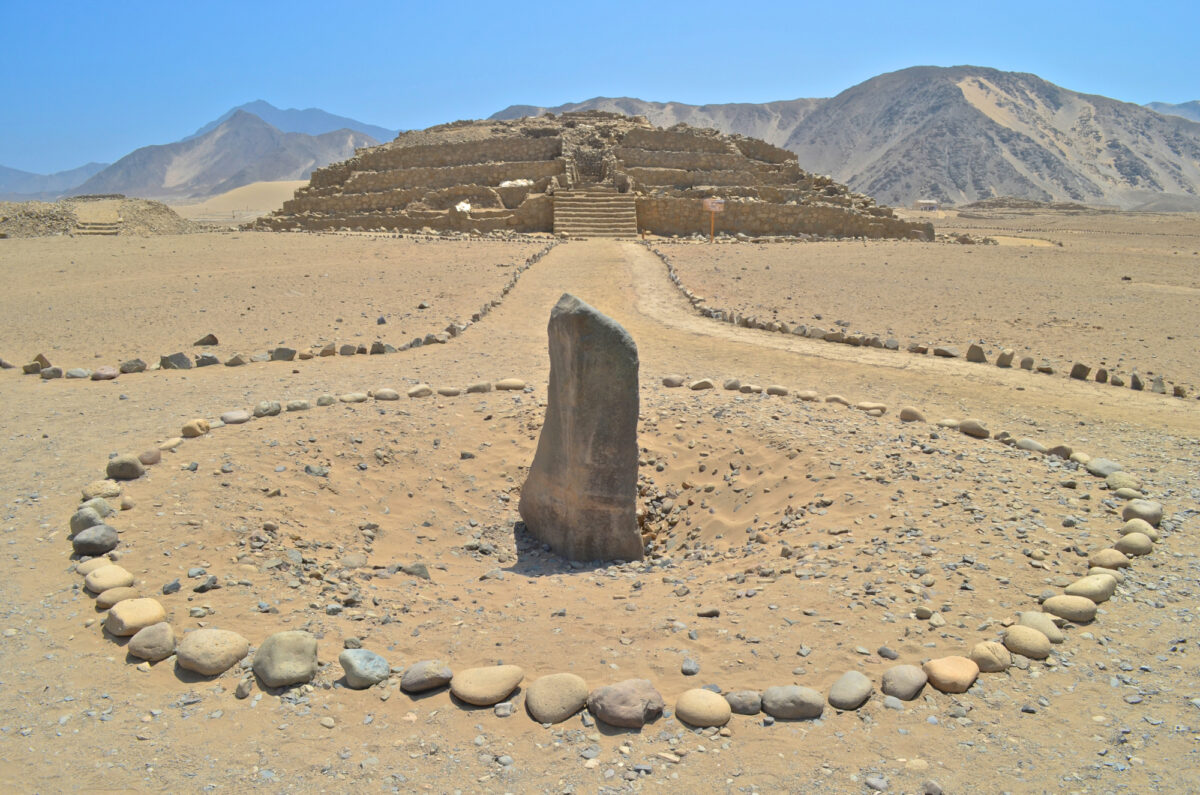
Norte Chico culture
Caral and the other cities of Peru’s Norte Chico region flourished from 3000 to 1800 BC. Centred around three river valleys — the Fortaleza, Patavilca, and Supe — in a single 40-mile coastal stretch, they included as many as 30 settlements at their peak. Sometime around 1800 BC, the region went into decline, possibly owing to climate-based disasters.
Beyond its role as South America’s mother city, Caral’s influence has been vast. Its U-shaped buildings with sunken central courts were copied throughout the Peruvian Andes — notably at Chavín de Huántar — while its monumental architecture became a touchstone for large settlements everywhere. Caral’s stylistic elements, too, were adopted by later cultures: witness the zig-zag detailing among the Chachapoya, or the geoglyphs among the Nazca. Finally, Caral seems to have been the first community to employ quipus, the knotted-string system used to record information and bequeathed to other cultures all the way down to the Inca.
How to get to Caral
Most visitors to Caral spend four or five hours at the site. However, the outing is almost inevitably an all-day affair, since the trip from Lima (the most common point of departure) takes roughly three hours each way. An early start will guarantee you sufficient time to walk around.
Caral’s tourist services are a standout. Not only are there abundant materials at the site to explain the city’s layout and significance, but guides are often trained archaeologists or their assistants.
The best way to get to Caral is to take a bus from Lima’s Terminal Terrestre near Plaza Norte. Get off at the town of Supe; there will be taxis waiting near the bus stop to shuttle you to the complex.

